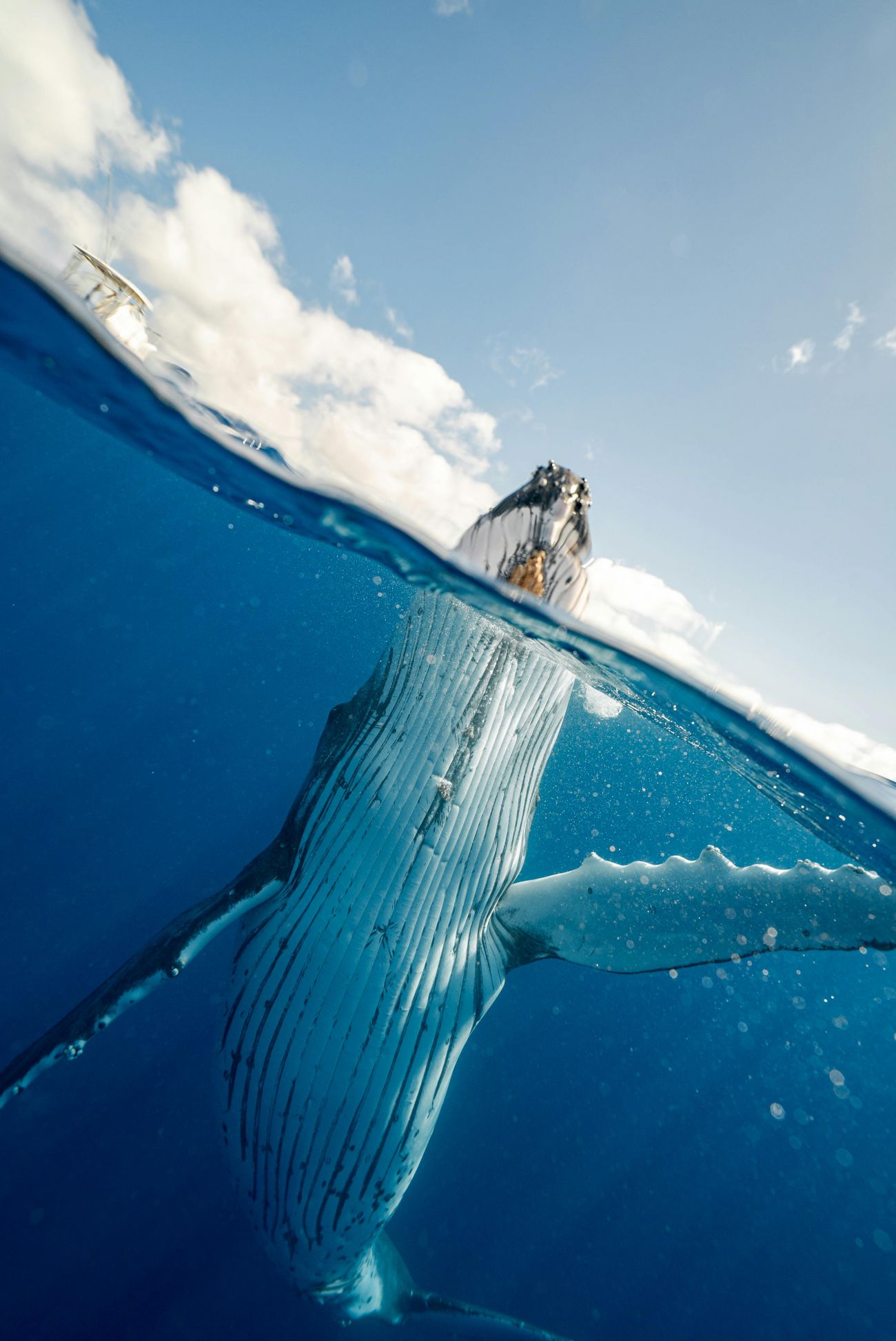New publication
We have just published the following paper: Critical Times for the Critical Depth Theory in the Journal of Geophysical Research, coauthored by Žarko Kovač and Shubha Sathyendranath.
The Critical Depth Hypothesis attempts to explain why and how phytoplankton blooms occur. The theory introduces the concept of a critical depth, which is the depth at which the total production of phytoplankton from the surface down to it equals the total losses. If the ocean's mixed layer is deeper than this critical depth, the average light level is too low for photosynthesis to keep up with losses. In areas of the ocean with weak mixing, there is a related concept called the compensation depth, where the rate of photosynthesis exactly matches the loss rate at depth. This paper explores how phytoplankton's light absorption affects its critical and compensation depths, creating a feedback loop. A new equation shows that light levels at both the compensation and critical depths remain constant over time. The study also provides exact solutions for the amount of phytoplankton in the mixed layer when the system is at steady state and also demonstrates that the system can have a stable and an unstable steady state. It is shown that the stability of the system is determined by how deep the mixed layer is in comparison to the critical depth.
The front page of the paper is shown below:

The paper can also be accessed via this link and dowloaded below.





